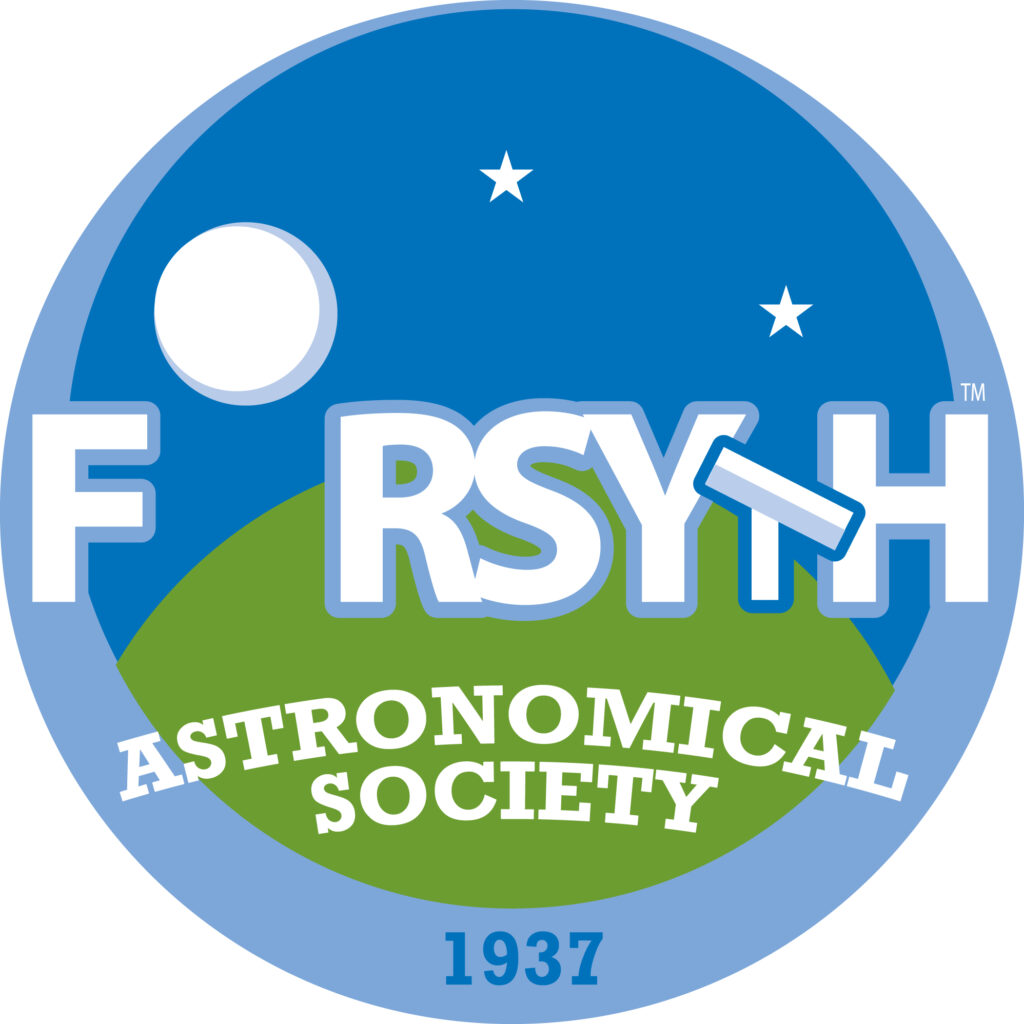





General Hints
It is alway best to find dark skies for your stargazing adventure. In our modern world it is often difficult to get away from street lights and other forms of light pollution. There are fewer and fewer places to go. FAS has a few dark sky locations you might try. The moon can get in the way, particularly during a full moon. Deep sky objects, in particular, are best observed during a crescent or new moon.
If you do want to observe the Moon, a full moon still isn’t the best, it is just too bright. A first or third quarter moon provides the best opportunity to spot some of the Moon’s features – especially near the shadows on the terminator between the dark and light sides.
When you do go out, remember to dress warmly if it is a cold night. Many of us do find the best skies are when the night is cold and the air is crisp. This is usually in the Winter, Spring, or Fall when it also gets dark early.
Wait 15-30 minutes for your eyes to adjust to the dark. Then, don’t turn on a regular flashlight or your car’s headlights. Bring a RED FLASHLIGHT with you. It will help you keep your night vision.
At times it may be difficult to see an object when you look directly at it. When this happens, try looking at the object through the corner of your eye, using peripheral vision. This technique is called averted vision, and it works because the receptors in your eye that are most sensitive to light are away from the center of your field of vision.
Observing Etiquette
Observing the night sky can be great fun. In fact, we at the Forsyth Astronomical Society schedule many observation sessions throughout the year. However, there are some rules that should be followed whenever you attend an astronomy observation session.
You might notice that as you stand out in the dark, the stars become easier and easier to see. That’s because your eyes are adapting to the dark. But, as soon as someone flashes a bright light, your night vision is gone and you have to start all over again. Therefore, to preserve everyone’s night vision, please refrain from using flashlights or cell phones in the observation area. If you must use a light, shield it with your hand and point it down, and turn it off when you reach the observation area. Red light allows you to see in the dark and preserves your night vision. If you can, bring and use a red light flashlight or cover your flashlight with red film.
Telescopes are delicate equipment. And you will probably notice that it is dark. For the younger astronomers, try not to run around too much – yes, walk don’t run. When looking through a telescope, place your eye directly above the eyepiece and try not to touch the telescope itself. You can adjust the focus if needed. However, if you grab the eyepiece you will probably push the telescope away from its targeted object, and, worse, you could knock it over. So, be careful, always look, but don’t touch.
We typically have small stepladders for the very young, who are too short to see through a telescope’s eyepiece. Please hold on to them while they step up to take a look and make sure the stepladder is stable before letting them climb onto it.
Green Laser Pointers
It is often very useful to point out objects in the night sky, and green laser pointers are the tool of choice. Red laser pointers just don’t work outside, you have to go with a green one. However, there are some very important safety rules to follow.
NEVER point a laser pointer a someone.
NEVER point a laser pointer at a MOVING OBJECT either in the sky or on the ground.
ALWAYS circle the object rather than pointing directly at it.
A few references (Red Flashlights). FAS does not officially recommend or endorse specific products, these are just a few that are available.
- “Carson RedSight Red LED Flashlight.” Amazon.
- “WAYLLSHINE High Power Red LED Flashlight.” Amazon.
- “3 Pack Red Light Flashlight.” Amazon.
- “EverBrite 300 Lumens Headlamp.” Amazon.
- “Vekkia Ultra Bright LED Headlamp.” Amazon.
A few references (Averted Vision)
- Brian Ventrudo. “How to See – Averted Vision and Dark Adaptation.” Cosmic Pursuits. December 20, 2017.


You must be logged in to post a comment.